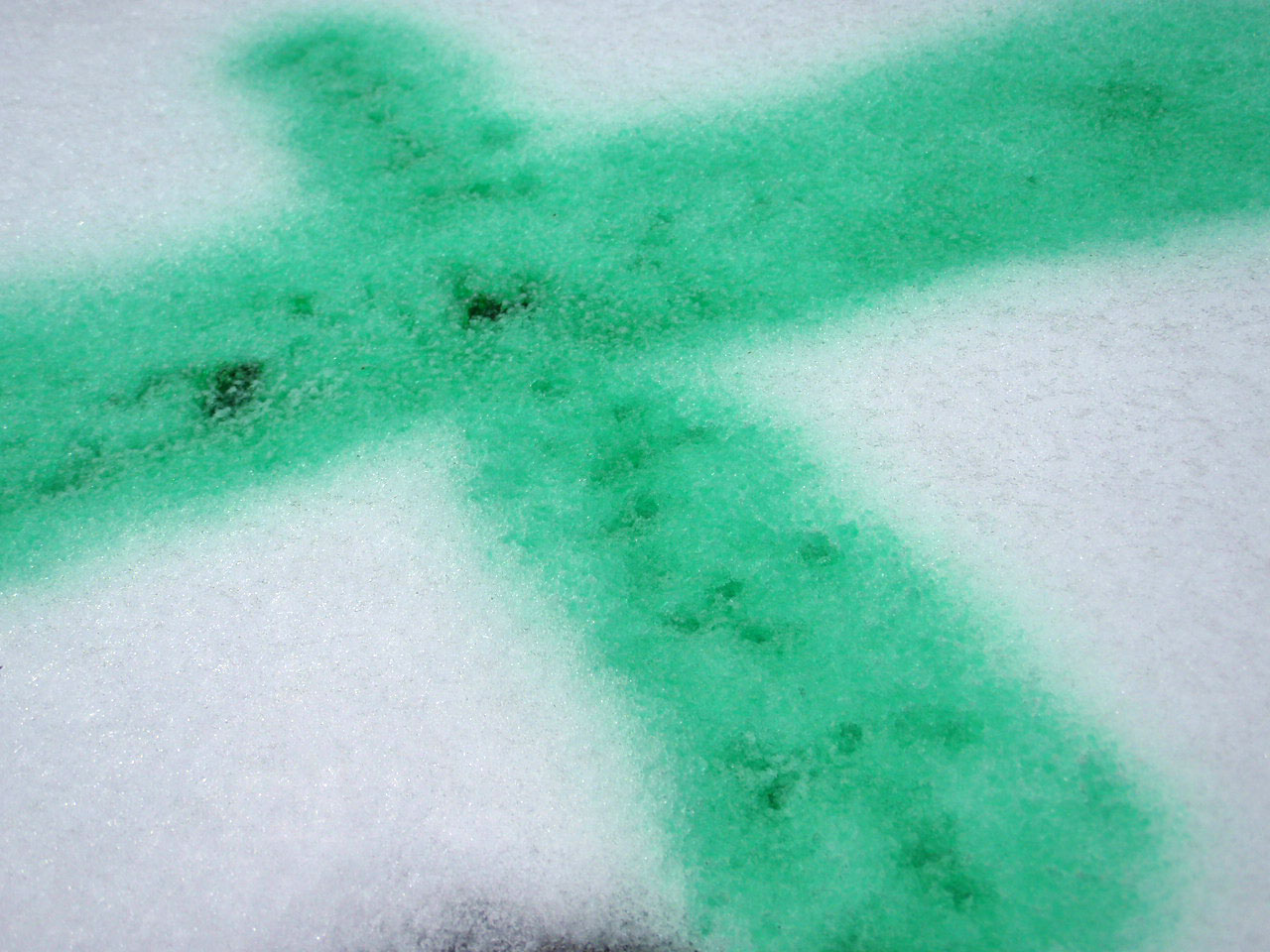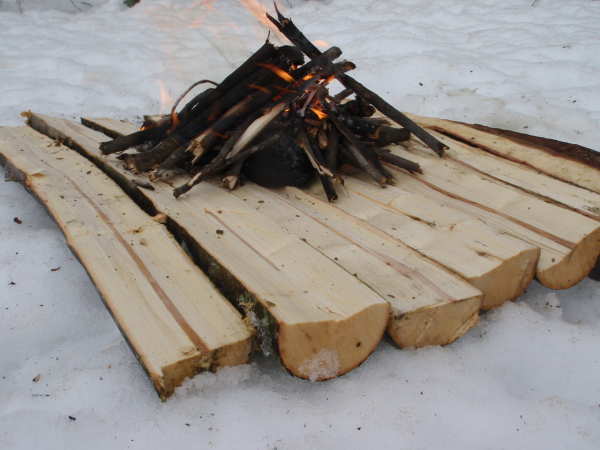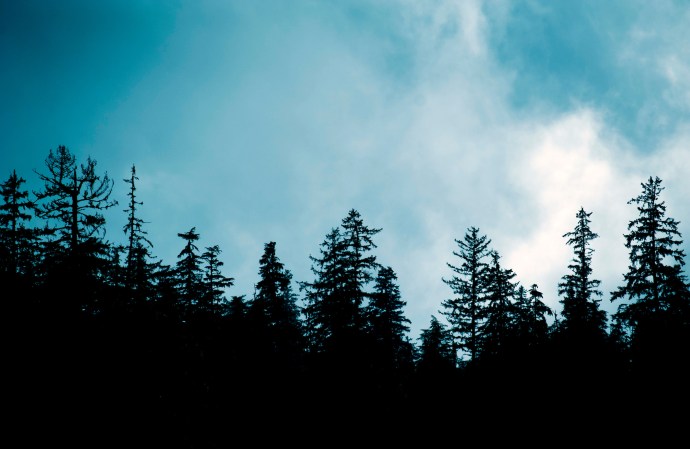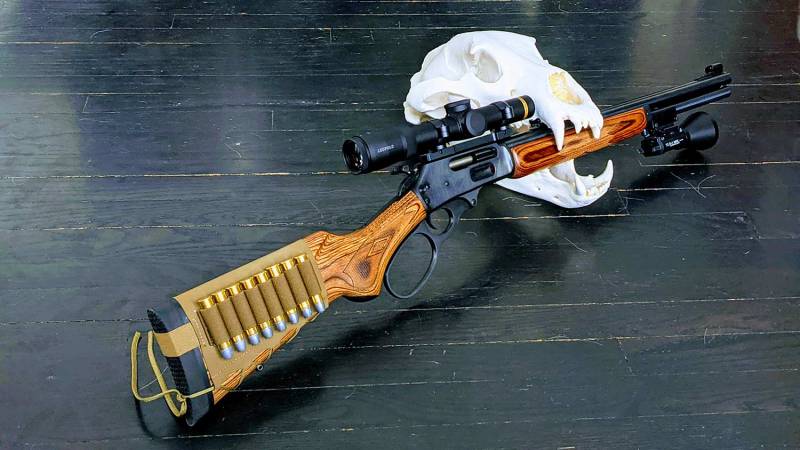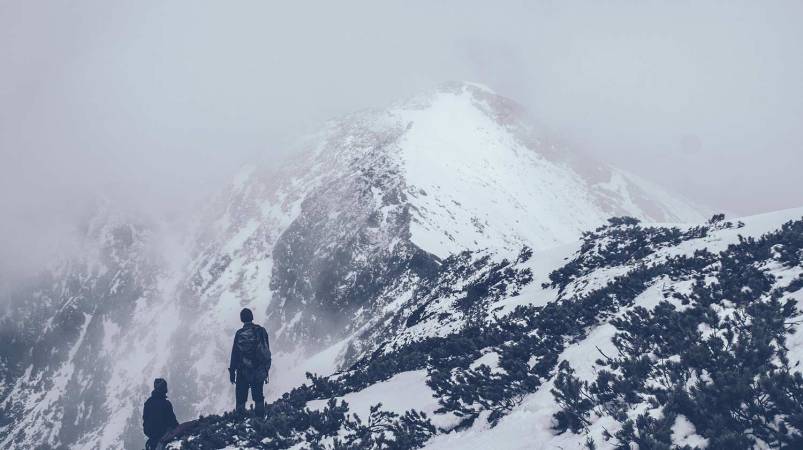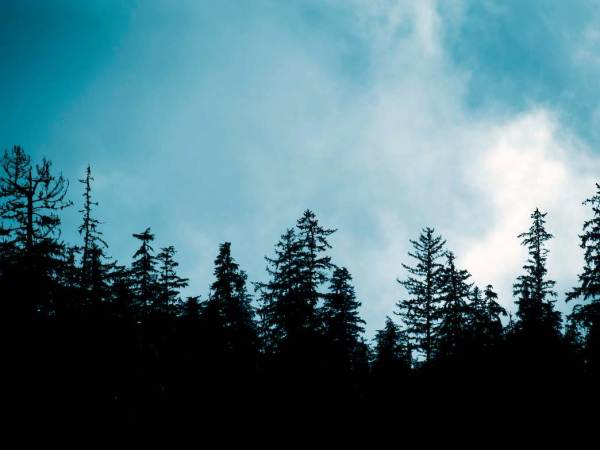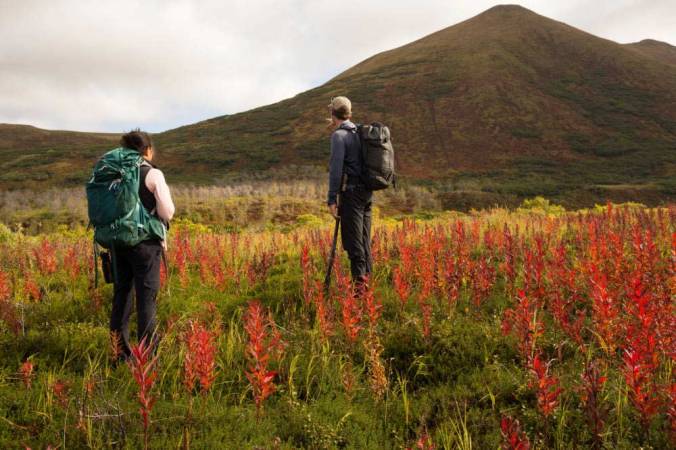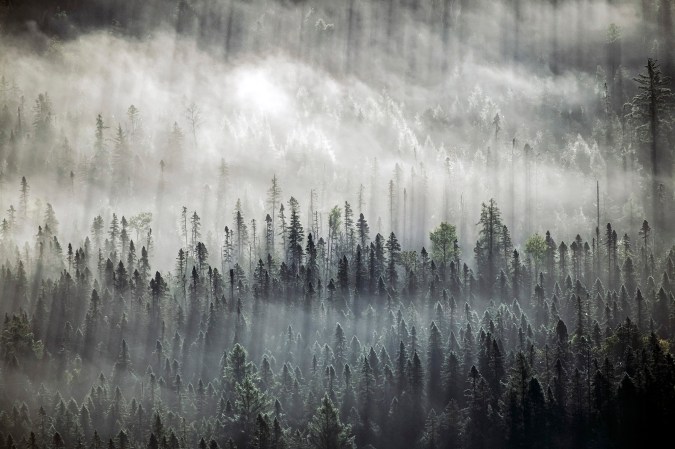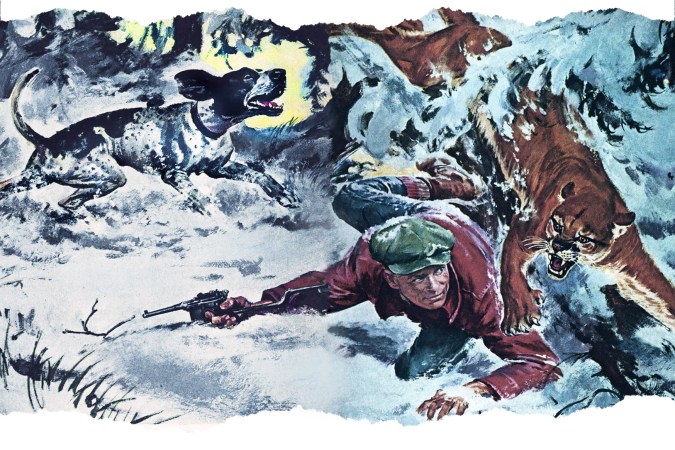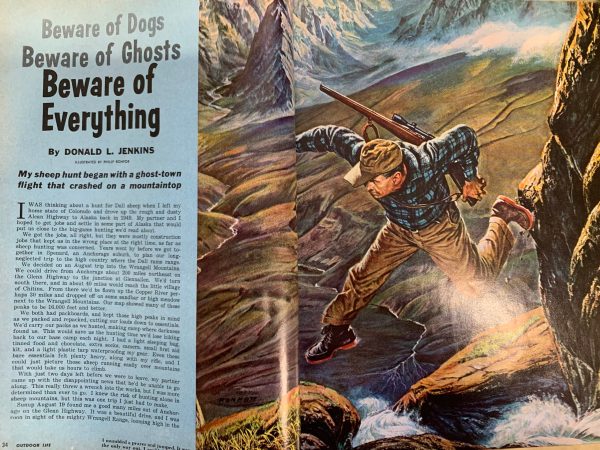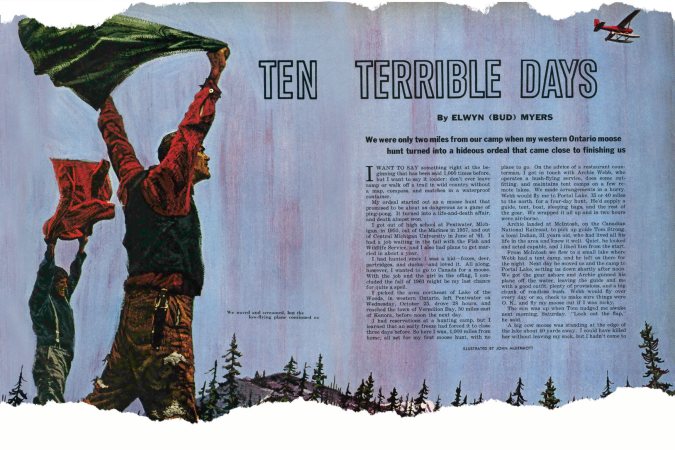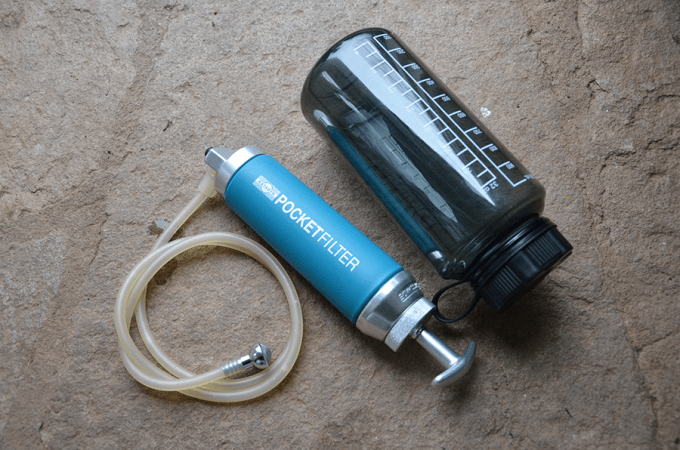We may earn revenue from the products available on this page and participate in affiliate programs. Learn More ›
One great thing about a snowy survival scenario? Rescue signals are easy to spot against that white background. One terrible thing about that same scenario is that a little more snow can bury your signal completely, and with it your hopes of being rescued. Use these guidelines to make your winter survival signals and make them noticeable.
1. Any rescue signal needs to be huge if it is to catch the attention of aircraft, regardless of the situation. This will be true on a desert island or deep in the snow covered backcountry. While the snow does create a blank canvas for you to build a high contrast signal for aircraft to spot, the snow also has its share of problems.
2. Any signal you build should be able to be quickly and easily cleaned off when additional snow falls on it. Building “X”s and squares out of logs will work for a signal. If they are dark colored, this will provide excellent contrast against the snow. And if the logs are dark colored, a few hours of sunlight may warm the dark bark enough to melt off additional thin snow falls. Think of it as a self-maintaining signal.
3. Another SOS trick for snow is to use food coloring mixed in water, or potassium permanganate crystals sprinkled across the snow. The permanganate will stain the snow purple-pink, while the food coloring will stain the snow its own respective color.
4. A giant fire can be an excellent snow country signal. Not only do the light and smoke signal for help, but the snow will melt in a circle around the fire. This can give you a large, round, dark patch of ground with a fire in the center. A low altitude plane or search helicopter should see that for sure. And in deep snow, you’ll need to build a platform on top of the snow to effectively burn a fire. Using a “raft” of wet or green wood will give you several hours of burn time without the need to excavate snow down to the ground level.
5. A colorful signal panel is another good way to indicate where your camp is located, especially if that panel has a contrasting color and is large enough to be seen from a distance. Don’t waste your blanket for this one. It’s not big enough, and it’s more valuable wrapped around you. Use a tarp or something else that is a bright color or reflective. Make sure you secure the panel tightly to branches, poles or other objects so that wind cannot blow it down.
6. Don’t forget to bring signaling equipment with you into the wild. Signal whistles can work day or night, even in a whiteout. Once the weather clears, signal mirrors can catch the eye of people and aircraft miles away.
Have you ever set up a practice signal? Or used one for real? Please share your story by leaving a comment.
